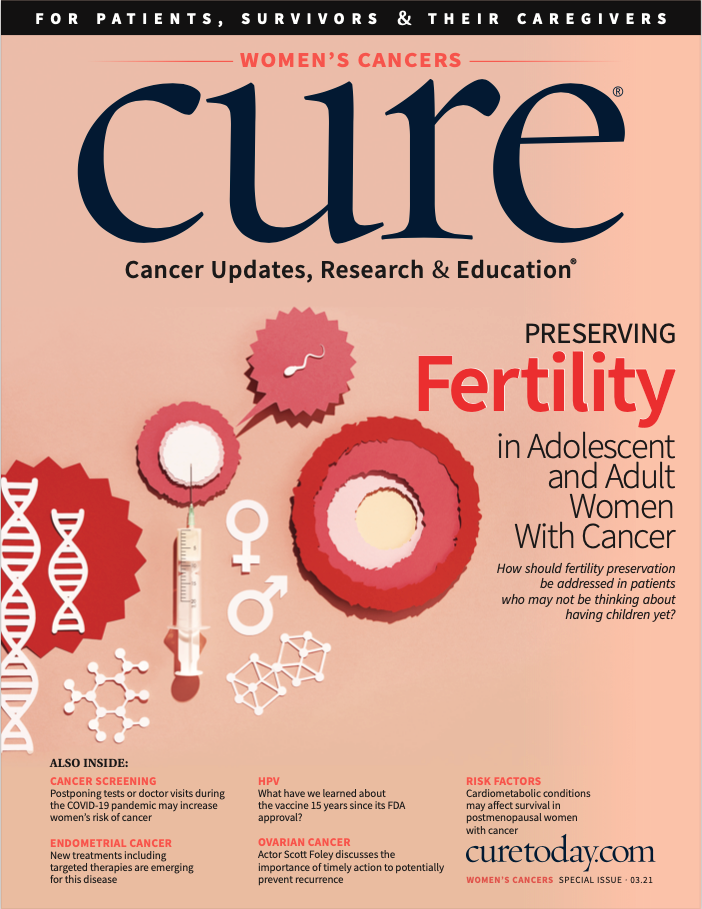Publication
Article
CURE
Balancing Cancer Screenings and COVID-19 Safety
Author(s):
Although COVID-19 has shaken our lives in so many ways, it’s important to keep our health one of our top priorities while also staying safe. We must find widely acceptable ways to screen for cancer in this new era so that we don’t turn the clock back on the gains we have made in the past few decades.
The COVID-19 pandemic is an unprecedented situation not only for patients who contract the virus but also for health care as a whole. Over the past year, we’ve seen declines in cancer screening rates, especially for women’s cancers such as breast, cervical and endometrial. We previously saw a version of this decline with prostate cancer, but for a different reason — changes in guidelines. We are now seeing more advanced cases of prostate cancer, but there is still a debate about whether screening or other factors are at play.
Health care pivoted and innovated as the pandemic grew in severity in an attempt to deliver care while protecting providers and patients. Technologic adaptations such as telehealth and video appointments have allowed us to talk through the diagnosis and treatment plans with our patients remotely. Our offices and centers have taken safety precautions for the patients who need to come in, including enhanced cleaning procedures, protective equipment such as masks and shielding, social distancing and limited time in the clinic. These measures both on- and off-site not only provide a safer experience but allow patients to be in a more private environment. Even with these measures in place, patients are sometimes hesitant to come into our centers for tests and treatment.
In February, the federal government reported that life expectancy in the United States fell by one year during the first six months of 2020, which is the greatest decline since World War II. Although this is indicative of the mortality impact of COVID-19, it will be interesting to observe the secondary impacts of the pandemic, such as fewer cancer screenings due to the fear of contracting the virus. Will there be a blip on cancer incidence graphs in future years? Will different types of cancer rates be affected differently, and can we learn something from this?
In this issue of CURE®, you will learn how decreased cancer screening rates during COVID-19 may affect women’s cancer rates. You will also read about the available data on how many preventive screenings were missed through the pandemic and why some women decided not to go for their mammograms, for example. It is also important to highlight that this effect on cancer screenings has disproportionally affected minority and rural communities, as COVID-19 has amplified health disparities that existed far before the pandemic.
Although COVID-19 has shaken our lives in so many ways, it’s important to keep our health one of our top priorities while also staying safe. We must find widely acceptable ways to screen for cancer in this new era so that we don’t turn the clock back on the gains we have made in the past few decades.
For more news on cancer updates, research and education, don’t forget to subscribe to CURE®’s newsletters here.






